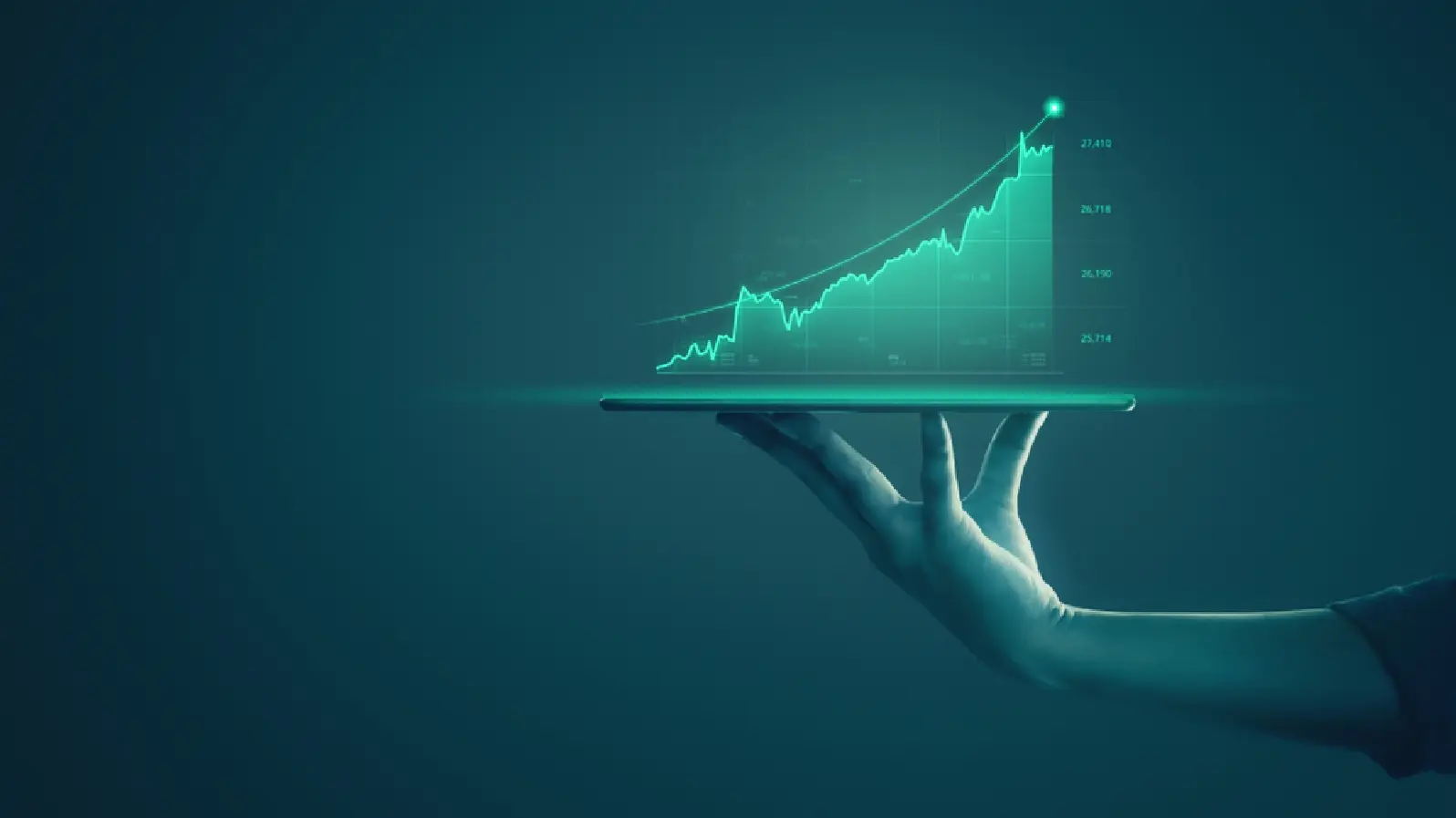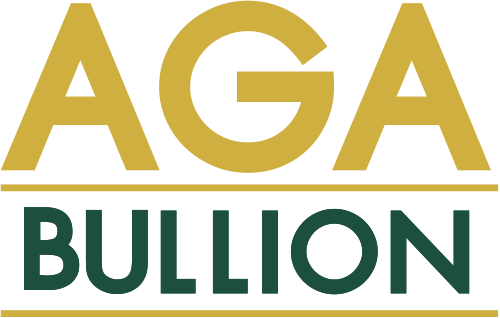Last week, US, UK and European Central Bank (ECB) interest rate decisions and US inflation were the focus in global markets, while domestic current account balance, unemployment rate and industrial production data were followed. The US consumer price index (CPI), announced on Tuesday, rose 0.1% month on month, falling short of the 0.3% expectation. Annual inflation was 7.1%. The expectation was 7.3%. This slowdown indicated that the worst in inflation may be over. While the ounce of gold rose to the level of 1.824,50 after the inflation data, the gram price of gold broke a record with $1.093,30. While the US Federal Reserve (Fed) increased the policy rate by 50 basis points to the range of 4.25-4.50%, in line with the expectations, at the last meeting of the year held on Wednesday, the policy rate rose to its highest level since 2007 with this latest interest rate hike. While global markets followed a positive course with the expectations that the Fed's rate of increase in interest rates would be slowed by the fact that the US inflation remained below expectations, hard sales came after the Fed gave the signal that interest rate hikes would continue after the interest rate decision. The European Central Bank (ECB), at its December meeting held yesterday, increased the main refinancing rate to 2.5%, marginal lending facility to 2.75% and deposit rate to 2% by increasing interest rates by 50 basis points. ECB President Lagarde stated that inflation is very high and they are considering increasing interest rates. The Bank of England increased the policy rate by 50 basis points to 3.5%, in line with expectations. With this meeting, the bank increased interest rates for 9 consecutive meetings and raised the interest rate to the highest level since 2008
Weekly Market Analysis / 19-23 December 2022







